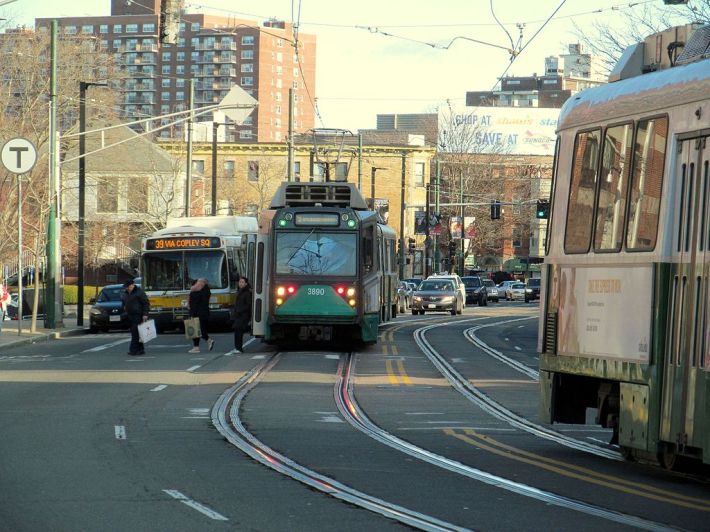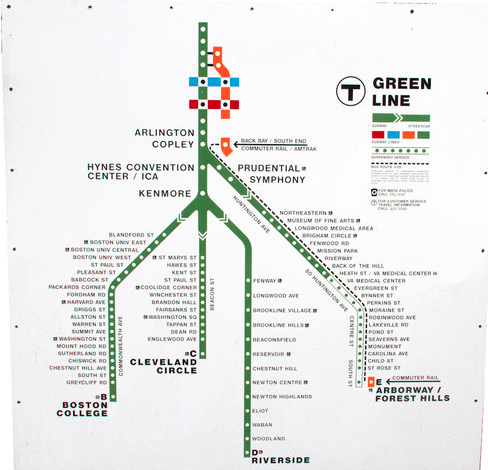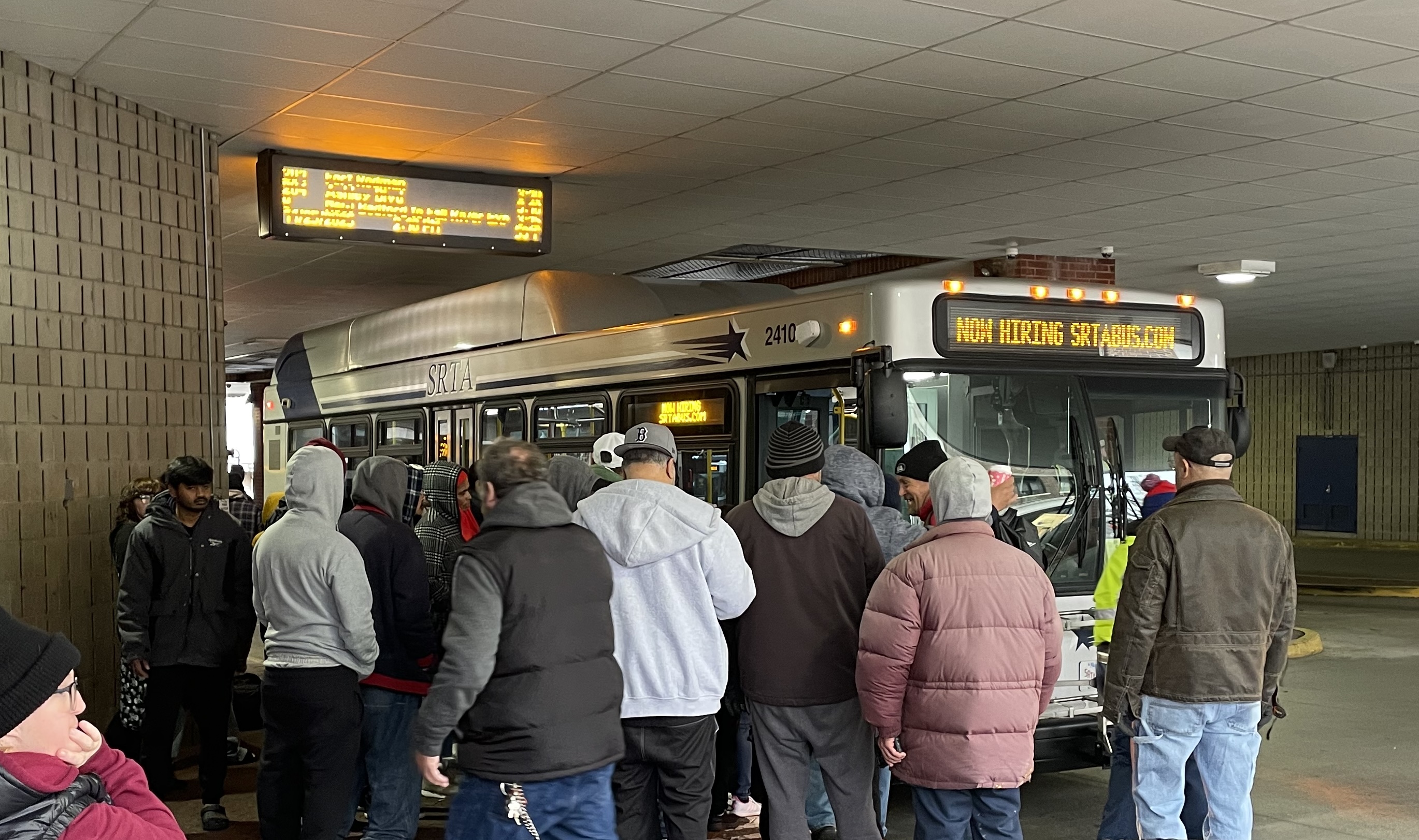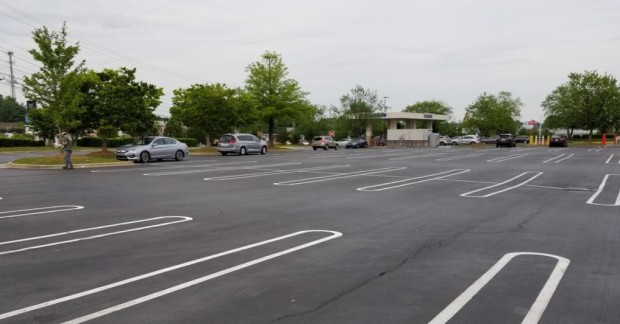
The MBTA is forging ahead with budget cuts that would eliminate five stops from the end of the Green Line's E Branch in Boston's Mission Hill neighborhood, just months after completing an $18 million project to refurbish tracks on the same branch.
The T estimates that the amputation of the Green Line will save about $2 million in its 2022 fiscal year – less than one-third of one percent of the agency's forecast deficit of $584 million.
The shortening of the Green Line would eliminate 5 stops along a 0.75 segment of Huntington and South Huntington Avenues, the only remaining segment of the T's rapid transit network where trains share space with cars and trucks.


MBTA General Manager Steven Poftak has characterized the E Branch closure and other proposed service cuts as temporary measures that can be undone once the agency's financial outlook improves.
But that's little consolation to many longtime Green Line riders, some of whom remember when Jamaica Plain's segment of the E Branch was "temporarily" suspended in 1985, and never came back (see map at right).
"I’m very concerned about the overall cuts, but I am most concerned with eliminating service altogether because it becomes impossible to determine the demand for it to come back. Those (riders) become invisible," said Boston City Councilor Kenzie Bok, whose district includes most of the Mission Hill neighborhood, in a conversation with Streetsblog last week.
During the pandemic, the T reports that this segment of the E Branch has attracted, on average, about 1,000 riders per weekday (about a quarter of its pre-pandemic ridership, in line with the average decline in ridership across the entire MBTA system).
The T expects those riders to shift to the 39 bus, which follows the Green Line tracks as far as Back Bay station, and runs every 5 to 8 minutes during the day.

In its planning for service cuts, the T has made efforts to retain routes where ridership has remained relatively high during the pandemic – a statistic the agency takes as an indication that transit-dependent workers live nearby.
But Bok argues that the T's approach ignores the needs of transit-dependent retirees, who no longer commute but will have rebounding mobility needs when the pandemic eases early next year.
"At the Mission Park stop we have a thousand seniors, the majority of whom rely on this line and do not have cars," said Bok. "We have been telling these folks to stay home, and they have been following our advice. Mission Park has been effectively locked down for 9 months. And the idea that we’re then going to say, 'People haven’t been riding these lines, so we’ll cut them,' strikes me as a betrayal."
Aside from the irony of abandoning new tracks that the agency just spent millions of dollars to replace, the E Branch cuts would also take effect just months before the T opens its Green Line Extension through Somerville and into Medford.
Where the E Branch cuts are estimated to save $2 million, Somerville's new rail line, on schedule to open in December 2021, is expected to add about $44 million in new annual costs, according to a 2019 budget presentation.






